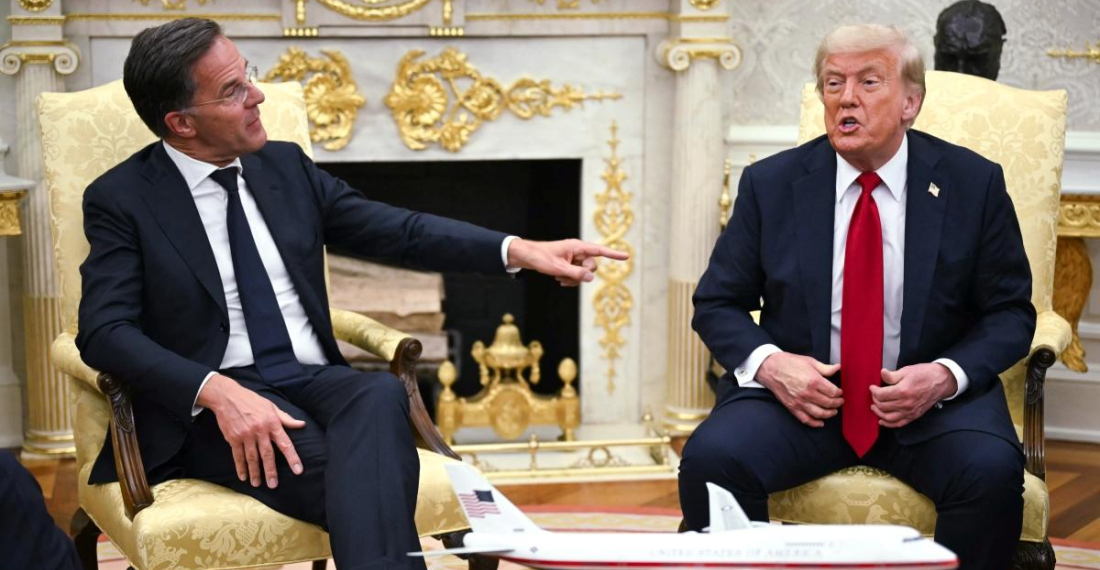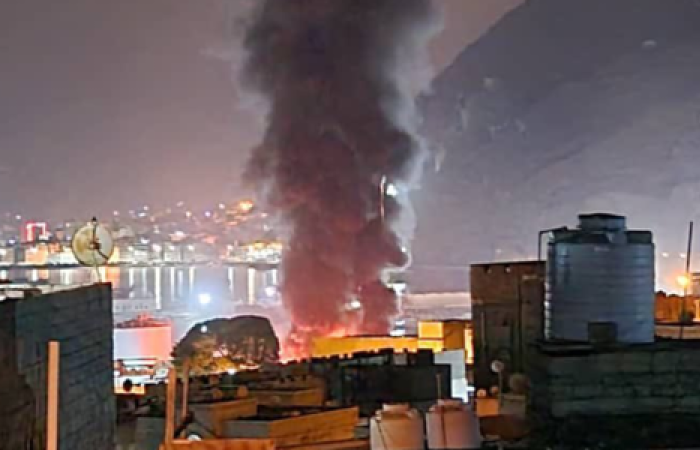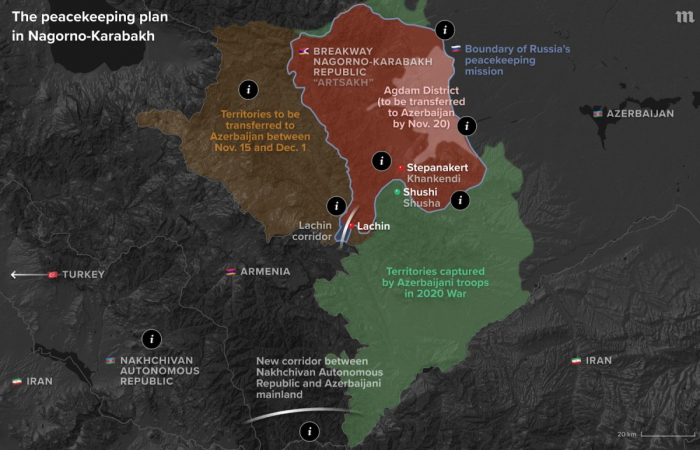US President Donald Trump on Monday threatened Russia with steep tariffs unless a peace deal is reached within 50 days and announced a rejuvenated pipeline for American weapons to reach Ukraine, hardening his stance toward Moscow after months of frustration about unsuccessful negotiations for ending the war. The latest steps reflect an evolving approach from the Republican president, who promised to swiftly resolve the war started by Russian President Vladimir Putin when he invaded Ukraine three years ago. In the past, Trump focused his criticism on Ukrainian President Volodymyr Zelensky, whom he described as unwilling to compromise, but more recently has expressed growing irritation towards Putin. In addition, Trump said European allies would buy “billions and billions” of dollars of U.S. military equipment to be transferred to Ukraine, replenishing the besieged country’s supplies of weapons. He made the announcement in the Oval Office alongside NATO Secretary-General Mark Rutte.
“My conversations with Putin are very pleasant, and then the missiles go off at night,” Trump said, according to an AP report. He complained that “it just keeps going on and on and on.” Trump provided few details on how the tariffs would be implemented, but he described them as secondary tariffs, meaning they would target Russia’s trading partners in an effort to isolate Moscow in the global economy.
Included in the plan are Patriot air defense systems, a top priority for Ukraine as it fends off Russian drones and missiles. Doubts were recently raised about Trump’s commitment to supply Ukraine when the Pentagon paused the shipments over concerns that U.S. stockpiles were running low.
Rutte said Germany, Finland, Canada, Norway, Sweden, the United Kingdom and Denmark would be among the buyers to supply Ukraine. He said “speed is of the essence here,” and he suggested that some weapons would be rushed to Ukraine and later replaced with purchases from the U.S.
Later Monday, Zelensky posted about having spoken with Trump by phone and said he “discussed the necessary means and solutions with the President to provide better protection for people from Russian attacks and to strengthen our positions.” Zelenskyy added that Trump had “agreed to catch up more often by phone and coordinate our steps in the future.”
Trump has long boasted of his friendly relationship with Putin, and he repeatedly asserted that Russia was more willing than Ukraine to reach a peace deal. He also accused Zelensky of prolonging the war and called him a “dictator without elections.”
But Russia’s relentless onslaught against civilian areas of Ukraine wore down Trump’s patience. In April, Trump urged Putin to “STOP!” launching deadly barrages on Kyiv, and the following month said in a social media post that the Russian leader “has gone absolutely CRAZY!”
While Rutte was in Washington, Trump’s special envoy to Ukraine and Russia, retired Lt, General Keith Kellogg, met with Zelensky in Kyiv. Zelensky said he had “a productive conversation” with Kellogg about strengthening Ukrainian air defenses, joint arms production and purchasing U.S. weapons in conjunction with European countries, as well as the possibility of tighter international sanctions on the Kremlin.
Russia has pounded Ukrainian cities, including the capital Kyiv, with hundreds of drones and cruise and ballistic missiles that Ukraine’s air defenses are struggling to counter. June brought the highest monthly civilian casualties of the past three years, with 232 people killed and 1,343 wounded, the U.N. human rights mission in Ukraine said.
At the same time, Russia’s bigger army is making a new effort to drive back Ukrainian defenders on parts of the 1,000-kilometer front line. Trump confirmed the U.S. is sending Ukraine more badly needed Patriot air defense missiles and that the European Union will pay the U.S. for the “various pieces of very sophisticated” weaponry.
A senior Russian lawmaker, Konstantin Kosachev quoted by AP, said Trump’s plan had “only one beneficiary, the US military-industrial complex.”
Germany has offered to finance two Patriot systems, government spokesperson Stefan Kornelius said Monday in Berlin. The country has already given three of its own Patriot systems to Ukraine. German Defense Minister Boris Pistorius was traveling to Washington on Monday to meet with Defense Secretary Pete Hegseth.
“We are determined to assume greater responsibility for Europe’s deterrence and defense, while recognizing that the contribution of the United States of America remains indispensable to our collective security,” Pistorius told reporters.
Kirill Dmitriev, Putin’s envoy for international investment who took part in talks with U.S. officials in Saudi Arabia in February, dismissed what he said were efforts to drive a wedge between Moscow and Washington. “Constructive dialogue between Russia and the United States is more effective than doomed-to-fail attempts at pressure,” Dmitriev said in a post on Telegram, reported by AP. “This dialogue will continue, despite titanic efforts to disrupt it by all possible means.”
Since Dec. 5, 2022, when the European Union banned Russian oil, China has bought 47% of Russia’s crude oil exports, followed by India at 38%. Turkey and the EU have each accounted for 6%, according to the Centre for Research and Clean Air, a Finnish nonprofit that tracks the energy industry.
Zongyuan Zoe Liu, a senior fellow in China studies at the Council on Foreign Relations, doubted that tariffs would change the course of the war. “Oil is fungible, and Russia has developed a nimble shadow fleet,” he said. “So enforcement would be a challenge. However, the tariffs could still have a dramatic effect, depending on how they’re implemented”, he added.






